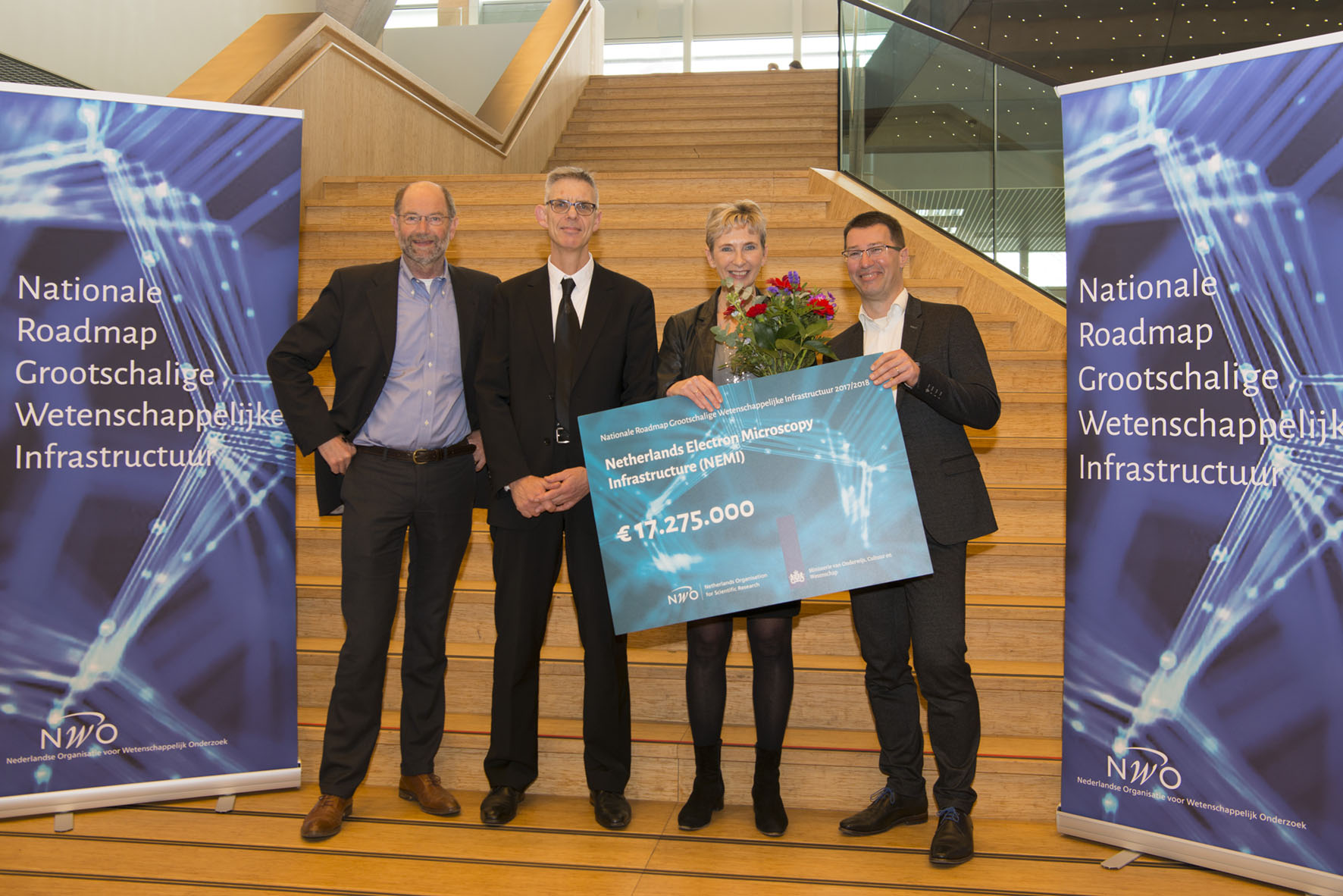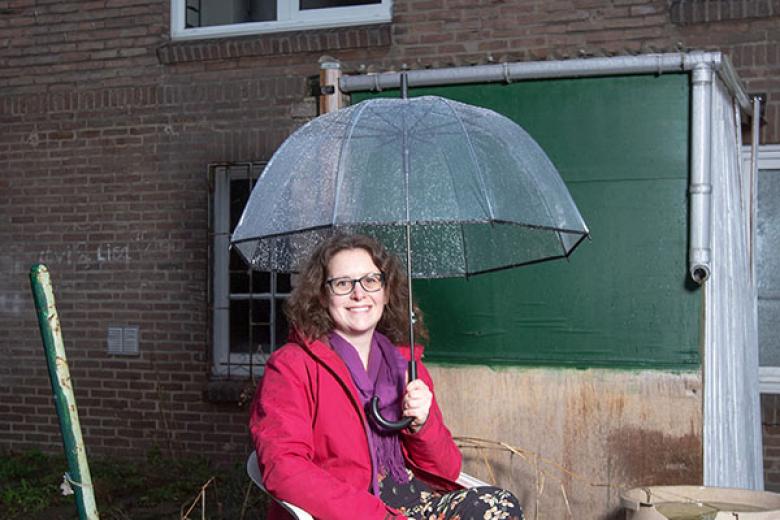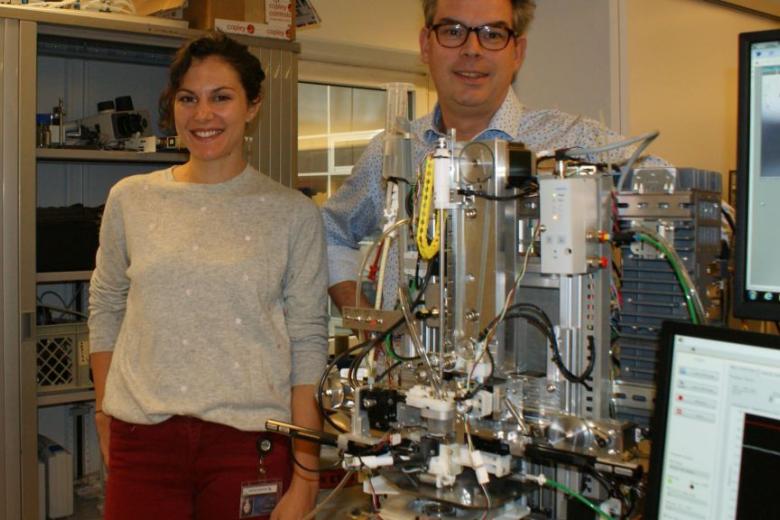Maastricht University is a linchpin in national microscopy research
The Netherlands Organisation for Scientific Research (NWO) is allocating more than 17 million euros in subsidies for the further development of a Dutch network for electron microscopy (NEMI). Almost 5 million of this will go to UM. From Maastricht, the M4I institute of university professors Ron Heeren (mass spectrometry) and Peter Peters (cryo-electron microscopy) is one of the initiators of NEMI. The subsidy is being granted within the framework of the National Roadmap for Large-Scale Scientific Infrastructure. Minister Van Engelshoven (OCW) awarded the Roadmap certificate on Thursday 12th April during a meeting at the Science Park in Utrecht.

New instrument
In Maastricht, the M4I scientists will focus on a unique project: building a new instrument that integrates electron microscopy and mass spectrometry. Ron Heeren: “The integration of mass spectrometry and electron microscopy into one instrument makes chemistry and biochemistry visible at the nanoscale. In the future, the NEMI-MS instrument will show ‘how cells communicate’. What does that mean? For example, we can see which molecules are exchanged at what time when a tumour cell tries to take over its healthy environment. But answers to other questions will also be possible because of this new instrument: Which molecules does a bacterium use to consume its host cell? How does a medicine get into a cell and what effects does it have there? In addition, the new Maastricht instrument will be capable of showing what happens on the border between oil and water in emulsions (mayonnaise, margarine, paint mixes, etc.) when it comes to chemistry. These insights are not yet available with existing technology. Maastricht will provide access to this unique infrastructure for the entire Dutch research community through NEMI.”
Data management
UM is also important for NEMI in another area. DataHub Maastricht, part of the Faculty of Health, Medicine and Life Sciences at Maastricht UMC+, will provide the data management platform for the storage and standardised annotation of multimodal EM data, according to the so-called FAIR principles. Together with University Medical Centre Groningen (UMCG), DataHub Maastricht will work towards a nationwide deployment of this platform. Pascal Suppers (managing director of DataHub) says, “We’re excited to fulfil a leading role, together with UMCG, in the data management of this nationwide initiative. Structuring, annotating and managing the terabytes of data collected is a huge challenge for researchers in the electron microscopy field. Over the past few years, we’ve gained experience together with M4I in managing this type of data in a FAIR manner. This experience now enables us to expand our solution on a nationwide scale.”
In the program News and Co on NPO Radio 1, Ron Heeren explained the plans for NEMI. Listen to the broadcast here (in Dutch).
Also read
-
“People just want to be treated like people”
Gera Nagelhout is, in many respects, not a typical professor. She was the first in her family to attend university, and at the age of 34 was appointed endowed professor of Health and Wellbeing of People with a Lower Socioeconomic Position.
-
Healthier crops through DNA modification
It’s a major step forward on the road to sustainable agriculture and healthy food.
-
Vitrojet, indispensable for electron microscopes
Thanks to cryo-electron microscopy, scientists can see inside cells, all the way down to the molecular level. This revolution makes it possible to analyze the precise composition of the many thousands of proteins. It might also reveal the mysteries of how diseases such as Alzheimer’s or tuberculosis...